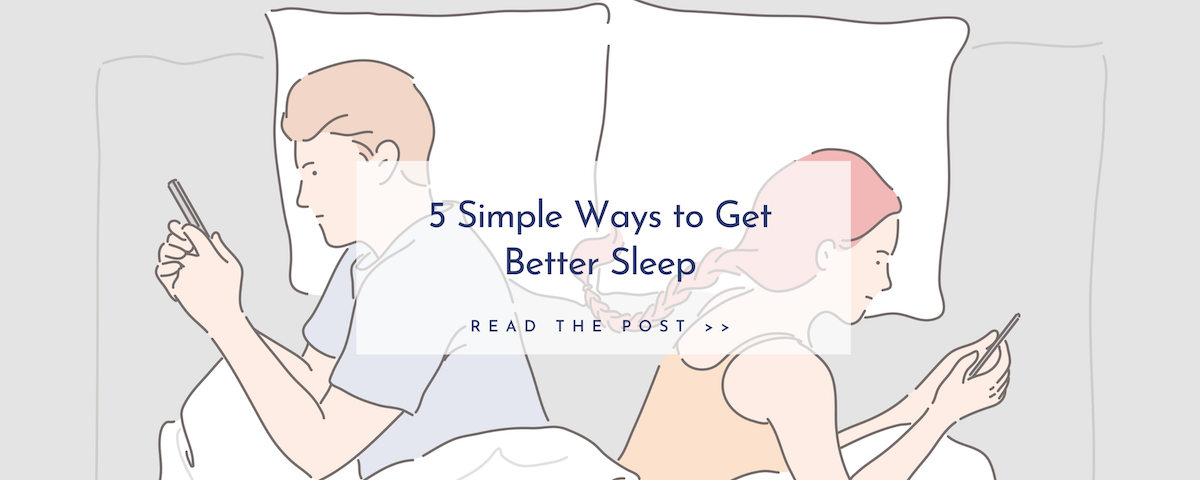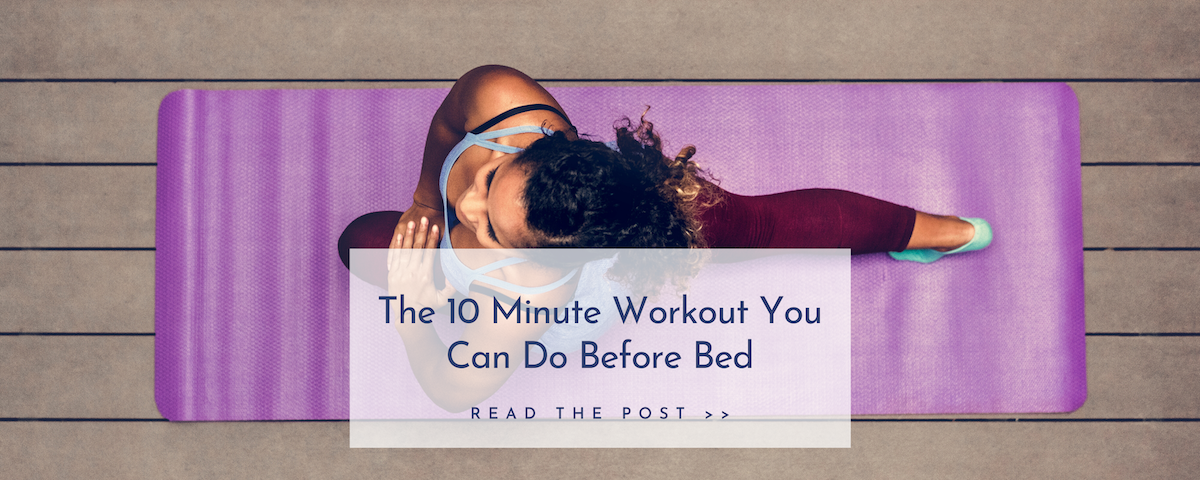Before I discuss the basic guidelines to minimize back injury, I would like to explain what ergonomics is, I do not want to make it sound complicated, But Ergonomics is nothing but the science of arranging products in a manner that fits people. You must be wondering what am I going on about. Let me give you a simple analogy;
Let’s take for example, your shoe, the way a shoe is designed is so fascinating yet, it designed in a manner that suits your purpose, in this case runners wear a really good sports shoe that gives you the support wherever you need and the comfort while running.
Now that you know what ergonomics is, let me tell you how it will help you minimize spinal injuries. Our spine is quite similar to our soles, they are curved around the lower back. So here is are a few ways to induce ergonomics in to your daily lifestyle.
The ergonomic guidelines that may help you avoid back pain or back injury:
Identifying Poor Posture and Risks
Many potentially harmful situations that lead to back injury can be identified and avoided by following four basic rules of thumb:
- Prolonged static posture is the enemy. The healthy body can only tolerate staying in one position for about 20 minutes. This is why sitting on an airplane, at a desk in an office chair, or at a movie theatre becomes uncomfortable after a short period of time. Holding the same position slowly diminishes elasticity in the soft tissues that is muscles, ligaments, and tendons in the back. Eventually, stress builds up and causes the back to feel discomfort. The solution is quite simple. Whether you’re sitting in an office chair or standing in a line, change positions frequently. Just move. Stand or sit, stretch, take a short walk. After returning to the standing or sitting posture, use an alternate posture for just a few moments and the tissue elasticity needed to protect the joints will return.
- Frequent or repetitive stretching and angled postures can bind the joints. Unlike jobs that require long-term seating in an office chair, jobs that require frequent repetitive motion can cause great discomfort. Such jobs involve lifting from the floor, lifting overhead, moving bulky loads, or using rotational force or twisting while handling material which signal back injuries might be on the way. The solution is implementing ergonomic lifting techniques which involve the use of a diagonal foot position and getting as close to the load as possible. The load should be kept as close to the body as possible when standing up.
- Heavy loads offer greater risk. If the job requires moving heavy or bulky objects, it is important to have the proper tools or get help. For example, A scissors lift will mechanically raise the load to a comfortable lifting level.
- Fatigue from sitting in an office chair for days, from work or from insomnia can make people move more awkwardly. If one is overtired or feels fatigued, it is advisable to avoid lifting heavy objects alone or quick.
Despite common misconceptions, the answer is yes. Whether you’re 20 years old or going on 60, buying an ergonomic mattress is a lifestyle choice and an investment in your wellbeing, irrespective of age and mobility. Times have changed. Applying the science of ergonomics to the design of mattresses is the latest innovation in sleep technology and one of the most influential changes to mattress support in decades. Easily adjusted to cradle the contours of your body, the support and comfort an ergonomic mattress can deliver is unmatched by any conventional mattress on the market.
At Beds for Backs it’s not just about selling more mattresses. We want to help you find the best mattress for your body, so day after day you wake up feeling well rested, pain free and ready to take on your day.



